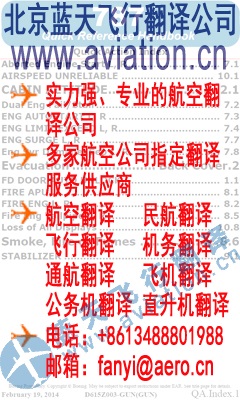|
To view this page ensure that Adobe Flash Player version 9.0.124 or greater is installed. Security-Related Flight Restrictions Throughout the United States. Other than the airspace restrictions around Washington, DC, various security-related flight restrictions have been put in place to protect national security interests and ostensibly to protect potential high-profile terrorist targets from aerial attacks. At various times since September 11, 2001, flight restrictions have been imposed to protect airspace around major U.S. cities and other potential terrorist targets. For example, during the build up toward the war in Iraq in early 2003, additional airspace restrictions were put in place around New York City, Chicago, and Disney theme parks in addition to establishing the ADIZ around Washington, DC to augment the FRZ that had already been put in place following the terrorist attacks of September 11, 2001. Flight restrictions around major cities besides Washington, DC were lifted, but have been reinstated for brief periods during times when the national security threat level has been elevated or when special events warranted the establishment of temporary flight restrictions. However, the flight restrictions around Disney theme parks have continuously remained in effect and are now mandated in statute. In addition to these restrictions, the Consolidated Appropriations Act of 2004 (P.L. 108-199, Sec. 521) establishes permanent flight restrictions over stadiums and motor speedways during major league baseball games, national football league and National Collegiate Athletic Association (NCAA) division I football games, and major auto racing events. These flight restrictions establish a three nautical mile radius around the effected facility extending from the surface to 3,000 feet. GA aircraft are generally prohibited from this airspace, but exceptions may be made for flight operations directly related to the sporting event, broadcast coverage of the sporting event, or to provide safety and security for the event. Exceptions may also be made in cases where the venue is in close proximity to an airport, in which case aircraft may enter into the restricted area if necessary to land or takeoff from the airport using standard air traffic procedures. These restrictions have been criticized by some because they are selective in the events that are covered by the statutory mandate and therefore do not encompass all large-scale outdoor assemblies. The restrictions have also been criticized because the relatively small size of restricted airspace, while often interfering with flight operations, is considered by many to provide an inadequate perimeter for establishing adequate airspace protections to the sites they are intended to protect. 中国通航网 www.ga.cn 通航翻译 www.aviation.cn 本文链接地址:Securing General Aviation 通用航空安保(50) |




